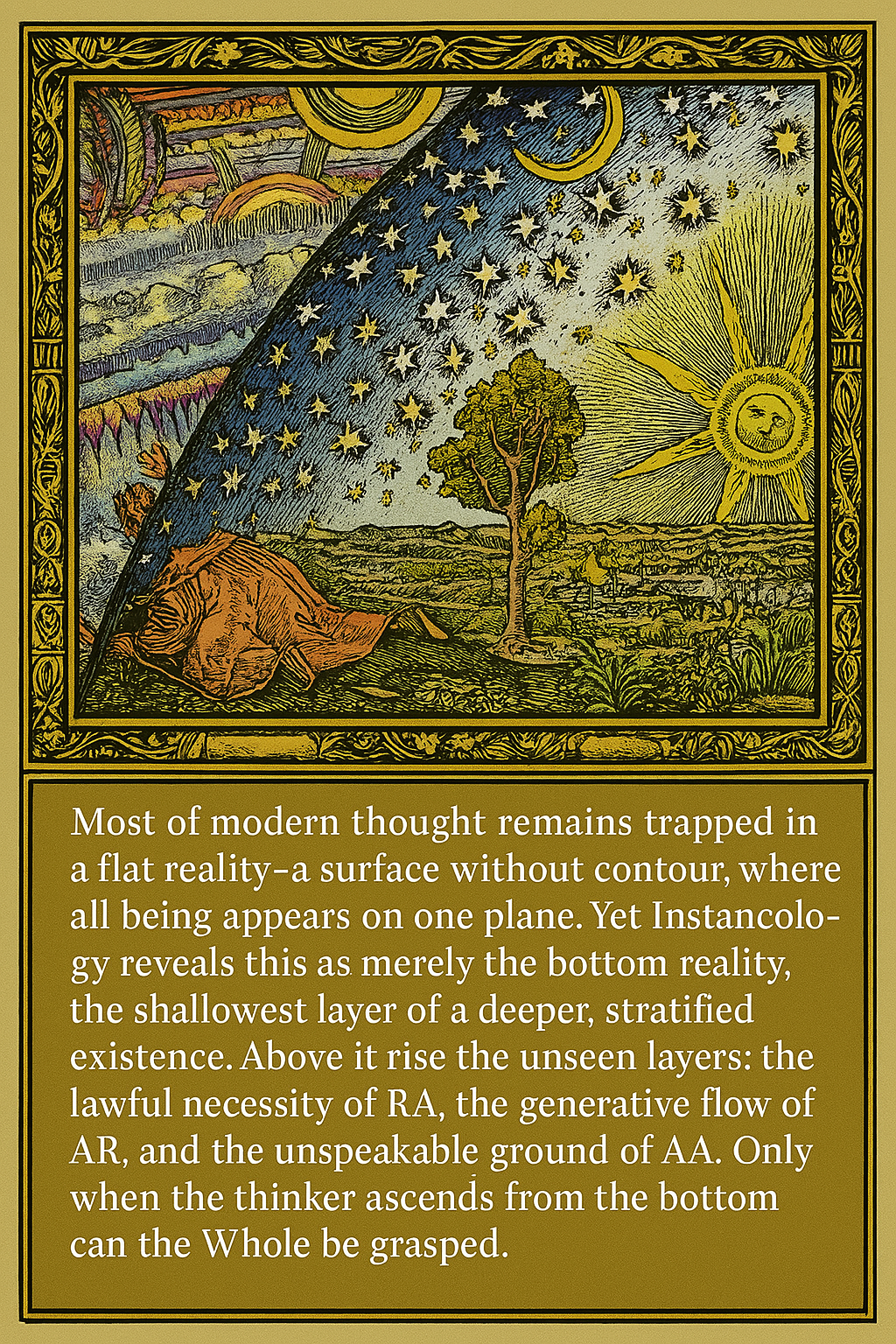The Issuance Test: A Loophole-Free Experimen
🧪 The Issuance Test: A Loophole-Free Experimental Framework for Testing the Ontological Status of Life
Author: Wade Y. Dong
Framework: Instancology (范例哲学)
Date: July 2025
---
Abstract
This paper proposes an experimental criterion — The Issuance Test — to determine whether life is constructible from non-living parts or must be issued as a Whole. Inspired by the philosophical-ontological foundation of Instancology and modeled after Bell's Theorem in quantum mechanics, this test aims to settle a core dispute between reductionist materialism and holistic paradigms. It defines precise experimental conditions under which the RA-instance view of life may be falsified or confirmed. This framework demands loophole-free experimental design, ensuring that success or failure cannot be attributed to hidden biological contamination or theoretical ambiguity.
---
1. Introduction
The longstanding question, “What is Life?”, has reemerged as synthetic biology advances toward constructing living systems from non-living components. The bottom-up approach — assembling DNA, lipids, proteins, and enzymes — promises to recreate life in the lab.
But Instancology (Dong, 2025) claims otherwise. Life, it argues, is not an emergent phenomenon of complexity, but a Relatively Absolute (RA) Instance: an irreducible Whole that cannot be assembled piece by piece. This perspective demands a new kind of test — one that distinguishes constructibility from issuance, and simulation from ontological being.
---
2. Theoretical Background
In Instancology, RR (Relatively Relative) and AR (Absolutely Relative) layers account for material structures and functional interactions. But Life, like Truth and Consciousness, is located at the RA (Relatively Absolute) level — an issued Whole, not derivable from parts.
Thus, attempts to reconstruct life from material components alone, without issuing its Whole structure, are expected to fail — unless a hidden RA-like issuance condition is unwittingly met.
---
3. The Issuance Test: Core Idea
Goal: Determine whether life can emerge solely from assembled RR/AR components, without any RA issuance.
This is the biological analogue of Bell’s Test: can a local, mechanistic model explain life? Or must a non-reducible Whole be invoked?
---
4. Formal Test Conditions
Condition Setup Outcome Interpretation
Pure Assembly Success Fully synthetic construction of a system from known molecules (DNA, RNA, proteins, lipids) with no use of preexisting life-derived structures. The system begins self-replication, metabolism, and evolution. Life appears as a product of assembled complexity. ? Refutes the RA-instance view. Life is materially emergent. Instancology’s theory of Life is falsified.
Pure Assembly Failure (Loophole-Free) Same as above. Despite complete assembly of all components and ideal environmental conditions, no autonomous life emerges. Life fails to appear. ? Confirms Instancology. Life is not reducible; it must be issued as a Whole.
Ambiguous Result or Cheating Apparent success but involves undetected contamination, cell-derived enzymes, or use of living ribosomes/membranes. Cannot distinguish constructibility from issuance. ?? Invalidates experiment. Loophole present. Repeat under stricter isolation and verification protocols.
---
5. Criteria for Loophole-Free Design
To prevent both intentional and unconscious cheating, the following must be ensured:
1. All components must be chemically synthesized, not extracted or borrowed.
2. No scaffolds or enzymes from existing life (e.g., ribosomes, ATP synthase).
3. Closed experimental isolation from airborne spores, biomolecules, or microbial environments.
4. Independent verification of full autonomy: system must undergo multiple generations of open-ended evolution without external correction or control.
Without these controls, any apparent success may be attributable to residual life rather than constructed life.
---
6. Philosophical Significance
If life can be synthesized entirely from RR/AR components, then Instancology must be revised or abandoned in this domain. But if, despite complete information and ideal conditions, life fails to emerge, it would affirm Instancology’s RA-instance theory — that Life is not a construct, but a Whole-Being that must be issued.
In that case, the laboratory becomes a site not of construction, but of invocation — an altar for rebirth, not engineering.
---
7. Conclusion
The Issuance Test offers a falsifiable, loophole-free challenge to both reductionist biology and Instancological metaphysics. Just as Bell’s Theorem forced physics to choose between hidden variables and quantum entanglement, this test forces biology to confront whether life is computable or irreducible.
Whether the answer supports or refutes Instancology, the experiment will be a landmark in humanity’s understanding of life — and of itself.
---
References
Dong, Wade Y. Instancology: The Paradigm of Being. (2025).
Venter, J.C., et al. (2010). Creation of a Bacterial Cell Controlled by a Chemically Synthesized Genome. Science.
Schr?dinger, E. (1944). What is Life?
Luisi, P.L. (2006). The Emergence of Life: From Chemical Origins to Synthetic Biology.
Bell, J.S. (1964). On the Einstein Podolsky Rosen Paradox.
